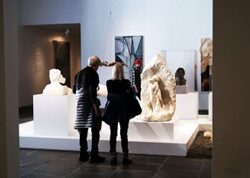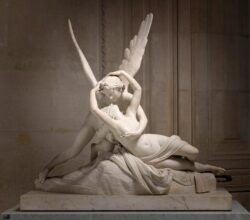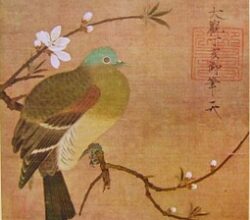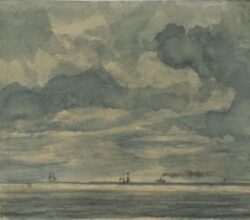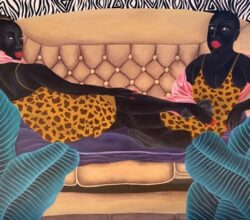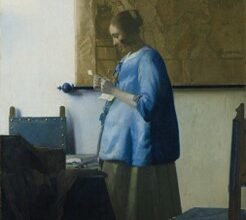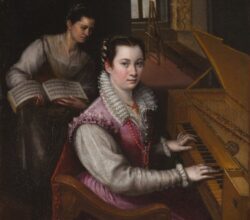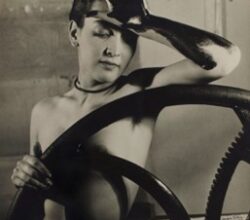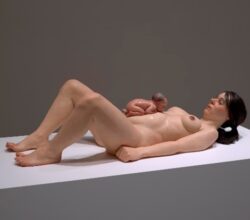
Ron Mueck’s Paris show will capture the beauty and mess of humanity
Harriet Lloyd-Smith | Wallpaper | 5th June 2023
Coming to art via his family’s puppetry and doll-making business gave Mueck an aptitude for finely detailed work. His “spectacular” yet disturbing hyperrealist sculptures quickly established him as a major artist. Meticulous attention to the details of a body, replicated at disproportionately large or small scale, speaks to quintessentially human emotions – sorrow, empathy, vulnerability, hope. Says one critic “this is an art of narrative and whole-hearted emotion.”

